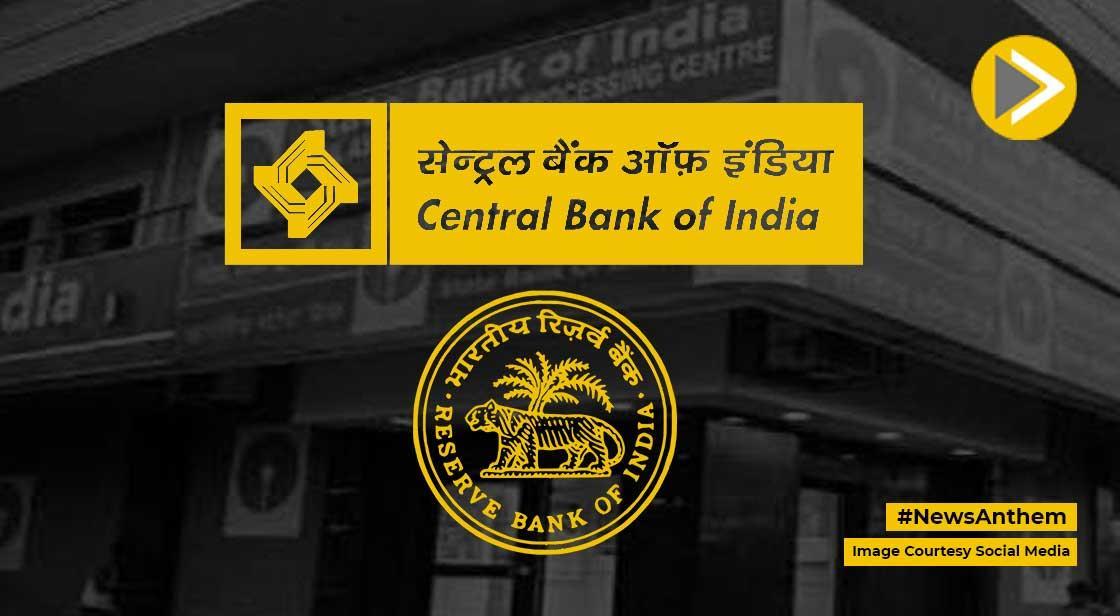India Emerges as a Rare Stabilizer in a Turbulent Global Economy: RBI Chief

News Synopsis
Despite mounting global challenges—trade tensions, geopolitical shocks, and shifting economic tides—India is managing to shine as a rare anchor of stability, according to RBI Governor Sanjay Malhotra.
Speaking at the fourth Kautilya Economic Conclave held in Delhi, RBI Governor Sanjay Malhotra emphasized that policy consistency, institutional resilience, and a steady reform agenda have allowed India to dodge major financial meltdowns and remain among the fastest-growing large economies.
He projected that inflation would return to the RBI’s safe zone of 4 percent by February 2026.
India vs Advanced Economies: Handling Global Headwinds
Malhotra drew a clear contrast between India’s approach and that of many advanced economies in managing fallout from U.S. tariff upheavals and wider global economic volatility.
“India’s macroeconomic fundamentals have continued to remain very strong with low inflation, healthy foreign exchange reserves, a narrow current account deficit, and the very strong balance sheets of banks and corporates,”
he asserted.
This strength, he said, is not accidental:
“It is the combined efforts of the government’s policy makers, regulators, and regulated entities. All in all, despite recent odds, the economy seems well settled into an equilibrium of resilient growth,”
he added.
In Malhotra’s view, India’s diversity of institutions and pragmatic policy responses have given it an edge in navigating storms that have disrupted many other countries.
The New Role of Central Banks in a Shock-Prone Era
Malhotra underscored how central banks around the world have shifted roles—from being guardians of price stability to first responders in repeated crises. He traced the journey through the 2008 financial crisis, the eurozone debt meltdown, the Covid-19 pandemic, Russia’s war in Ukraine, and climate-related disruptions.
“You cannot control the storm, but you can certainly steer the ship,”
he reflected, capturing the evolving challenges central banks face.
For India, steering the ship has meant a calibrated mix of bold and flexible policies:
-
Aggressive monetary easing during the pandemic,
-
Timely liquidity support with defined exit paths,
-
Rapid tightening once inflation breached tolerance in 2022.
This approach, he argued, has allowed India to balance growth and stability even when global headwinds intensified.
Risks That Lie Ahead
Malhotra warned that despite India’s resilience, the global economy may underperform its potential for years to come. He flagged several threats:
-
High import tariffs in major economies
-
Elevated public debt burdens
-
Complacency in equity markets
-
Fiscal dominance constraints limiting monetary policy flexibility
One interesting signal, he noted, is in gold:
“Perhaps gold prices now are showing the kind of movement that oil used to – that is, acting as a barometer of global uncertainty,”
he observed, suggesting that gold markets may now serve as a key indicator of global risk sentiment.
Malhotra also cautioned that equity markets, driven by speculative fervor, may be underpricing risks. He hinted at the possibility of corrections if fundamentals begin to matter again.
India’s Recent Macroeconomic Indicators
To back his optimism, Malhotra and economists pointed to a number of positive metrics:
-
Recent reports show India’s foreign exchange reserves at around USD 700.2 billion, sufficient to cover 11 months of merchandise imports.
-
The RBI held its repo rate at 5.50%, maintaining a neutral stance while leaving room for a possible cut in December.
-
Inflation forecasts have been revised downward to 2.6% for 2025–26, reflecting food price stability and GST rationalization.
-
Growth expectations have firmed up, with the RBI revising GDP projections upward (6.8%) and expressing confidence in sustaining 7–8 % growth in favorable conditions.
These indicators bolster Malhotra’s claim that India continues to present a compelling case of policy coherence and macro strength amid turbulence.
Policy Flexibility and Credible Exit Paths
One of the hallmarks of India’s strategy, Malhotra argued, has been policy agility—to act decisively when needed and to retreat gracefully when conditions normalize.
In his words:
“Despite global turbulence … India has been able to stand out as a rare anchor of stability in a volatile world.”
That agility, combined with a credible framework for exit from extraordinary support measures, has helped maintain markets’ confidence in India’s financial architecture.
Conclusion
India’s ascent as a rare stability anchor in turbulent global times is neither accidental nor superficial. It is rooted in a blend of long-term institutional reforms, prudent macroeconomic management, and the ability to adapt when shocks arrive. As RBI Governor Sanjay Malhotra emphasized, the journey ahead is unlikely to be smooth—but with the right steering, India is better positioned than many to navigate stormy seas.
The real test will not be in quiet times but when external pressures intensify. If India can maintain its equilibrium while others wobble, it will not just be admired—it will be emulated.
You May Like









